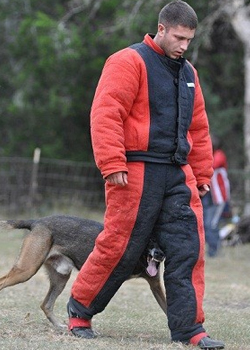
Carlos Aguirre
Level 3
Certified thru 2029-09-13
Chicago
Illinois
847-691-7088
carlos@wolfslairk9.com
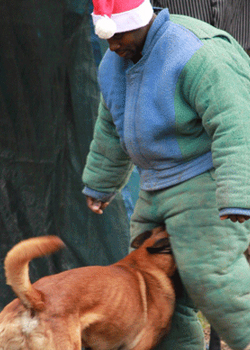
Kevin Bain
Level 3
Certified thru 2028-09-15
Hoffman
north_carolina
210-601-3571
baink9@gmail.com

Marco Basile
Level 1
Certified thru 2029-09-13
Denver
Colorado
(336) 404-7281
marcobasile13@gmail.com
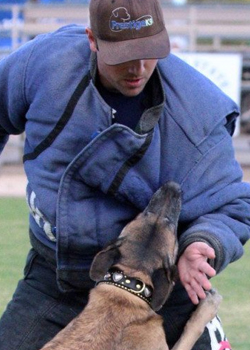
Spencer Bowman
Level 2
Certified thru 2027-06-26
Cedar Hill
texas
(425) 344-0372
spencer@prestigek9.com
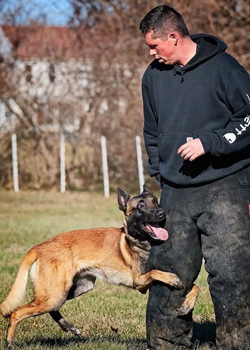
Joel Clercq
Level 3
Certified thru 2029-11-11
Rhinebeck
New York
(914) 400-5434
joelclercqk9@gmail.com
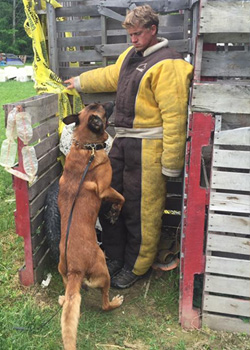
Todd Dunlap
Level 1
Certified thru 2027-06-05
Hadley
Pennsylvania
(724) 253-1123
toddunlap80@gmail.com
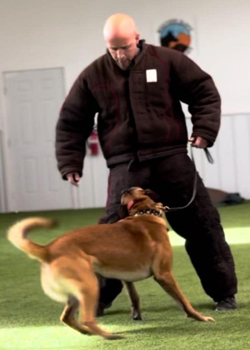
Dylan Ernst
Level 1
Certified thru 2029-11-01
Colorado Springs
colorado
(719) 232-3690
edylan120@gmail.com
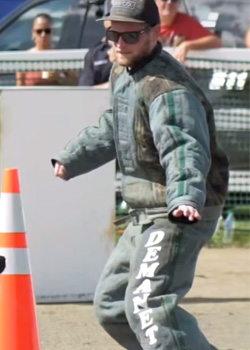
Kellen Freeman
Level 1
Certified thru 2028-09-08
West Redding
Connecticut
castlehillk9@gmail.com

Ethan Hilgemann
Level 2
Certified thru 2029-06-29
Rochester
minnesota
(605) 290-1312
ejhilgemann@hotmail.com
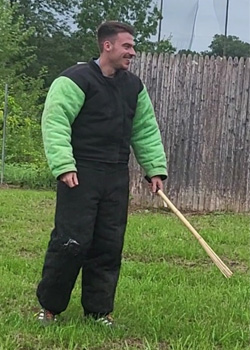
Jordon Hill
Level 3
Certified thru 2029-10-13
Hyde Park
New York
jhill2221@gmail.com
https://www.facebook.com/jordo.hil.5
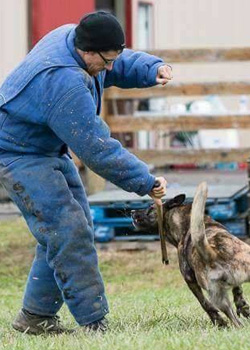
Zack Kiser
Level 3
Certified thru 2030-12-11
Riverside
California
(760) 571-3883
zack.kiser7@gmail.com
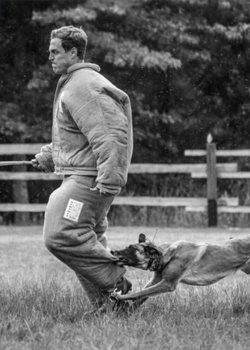
Luke Lisa
Level 1
Certified thru 2029-11-01
Colorado Springs
colorado
(540) 818-1516
lukelisa42@yahoo.com
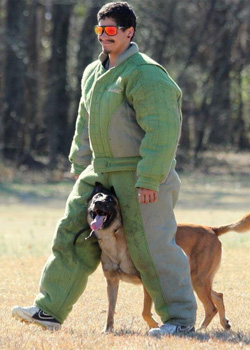
John Lugo
Level 2
Certified thru 2030-09-05
Pittsboro
north_carolina
https://www.facebook.com/john.e.lugo.1
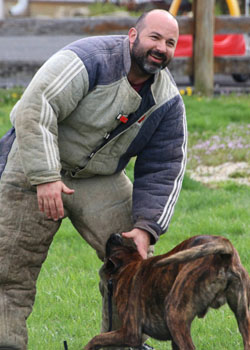
George Manley
Level 1
Certified thru 2029-09-13
Louisville
Kentucky
(502) 619-4731
george.manley@gmail.com

Thomas Martin
Level 2
Certified thru 2029-06-29
Minneapolis
Minnesota
(651) 788-5290
thomasjmartin1223@gmail.com
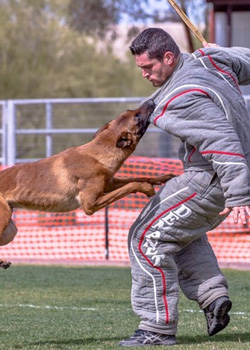
Francois Massart
Level 3
Certified thru 2027-10-09
Temecula
California
951-772-1507
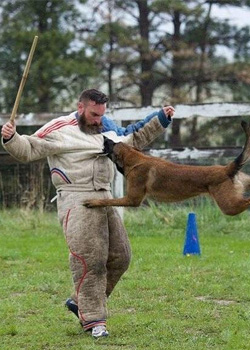
Desi Michael
Level 3
Certified thru 2026-10-09
Port Saint Lucie
Florida
(720) 266-3848
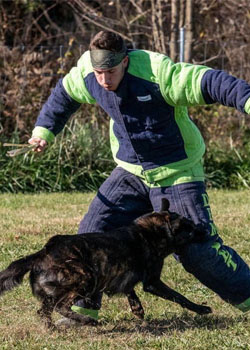
Joey Morris
Level 2
Certified thru 2027-10-02
Wentzville
Missouri
(314) 808-6565
lifetimecanine@gmail.com
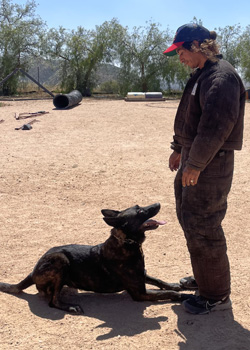
Jesse Rodriguez
Level 1
Certified thru 2029-06-29
Los Angeles
California
jesse@raddogtraining.com
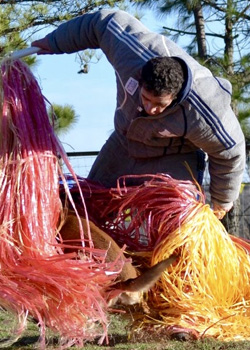
HB Ryan
Level 2
Certified thru 2027-12-11
Tulsa
Oklahoma
(618) 645-0135
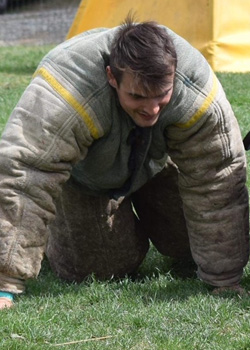
Anthony Sagstetter
Level 3
Certified thru 2030-10-11
Youngstown
ohio
(614) 917-9489
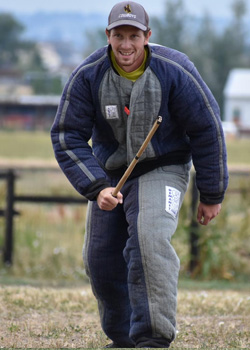
Paul Salveson
Level 2
Certified thru 2027-09-11
Fort Collins
colorado
p.salveson@yahoo.com
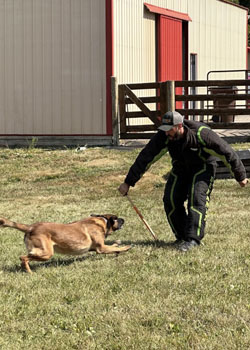
Chris Toman
Level 1
Certified thru 2029-09-13
Chicago
Illinois
(224) 234-4039
dogjitsutraining@gmail.com
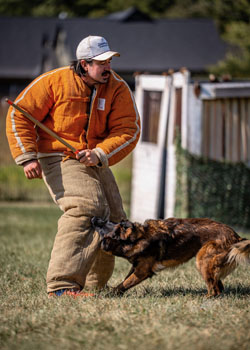
Ben Tompkins
Level 1
Certified thru 2029-09-13
Hadley
Pennsylvania
(213) 610-3915
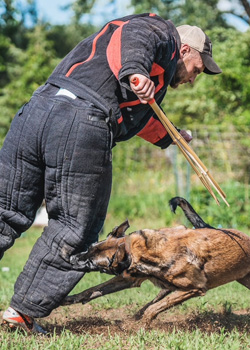
Nathan Wathey
Level 1
Certified thru 2027-06-05
New Albany
Ohio
(330) 843-2988
nwathey90@gmail.com
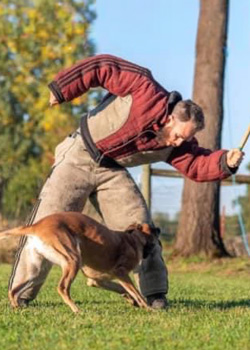
Joey Zohn
Level 1
Certified thru 2029-06-29
Seattle
Washington
(206) 914-5756
josephzohn415@gmail.com